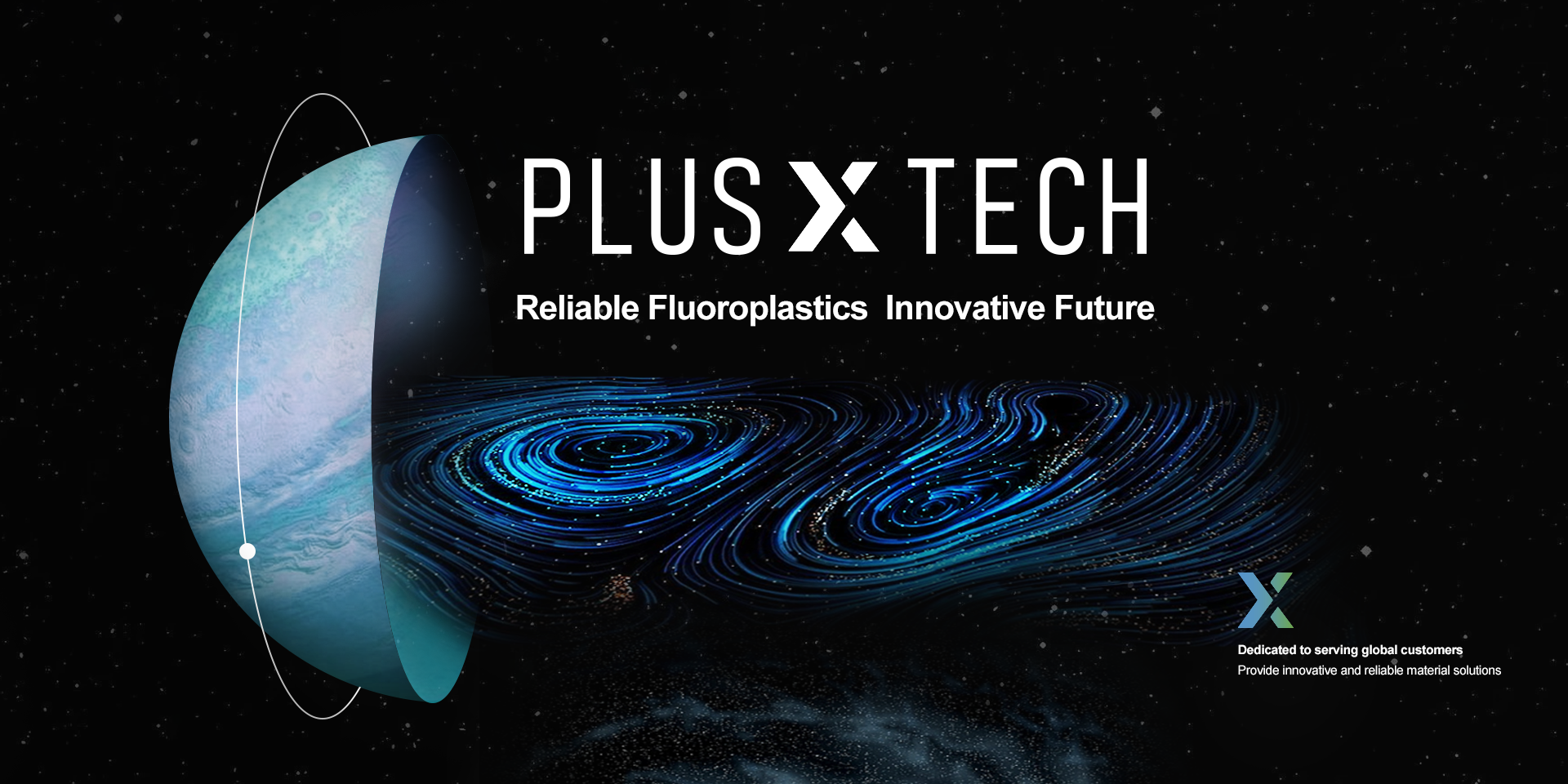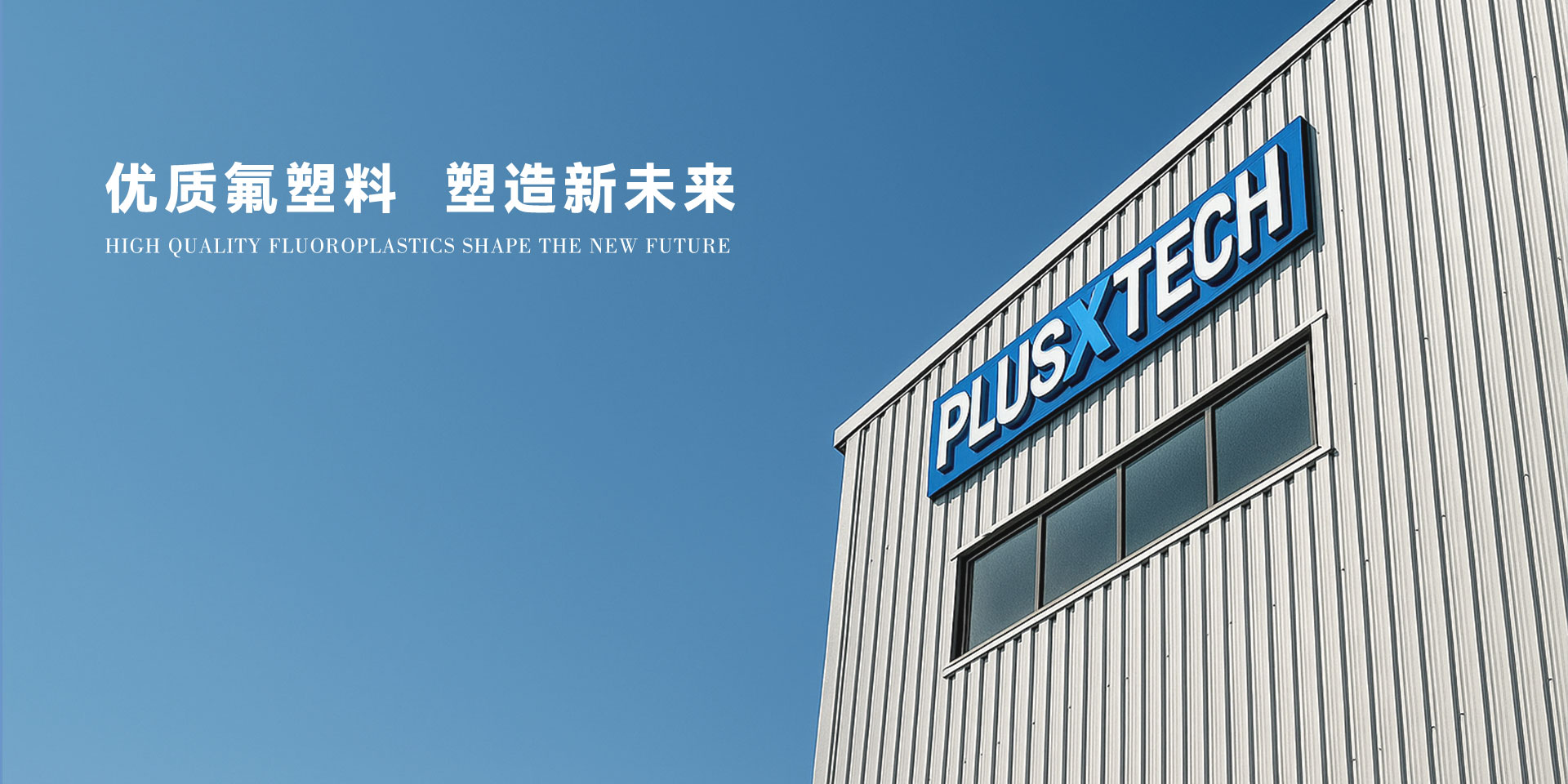Ethylene-tetrafluoroethylene copolymer, or ETFE for short, is one of the major varieties of fluorine resins that can be fused and processed. In addition to the excellent properties similar to other fluorine plastics, ETFE also has unique advantages such as radiation resistance, low density, easy processing and good metal adhesion. According to the "China Chemical New Materials Industry Development Report (2018)" prepared by the Special Committee of the Petrochemical Federation, the compound annual growth rate of China's ETFE demand is up to 9.56%. For such a rapidly growing demand for fluorine plastics, what are its application areas?
Making Flying Safer: Uncovering the allure of ETFE membranes
The application of ETFE in the aviation industry, because of its unique performance and advantages, has gradually become an important material in the aviation field. It has excellent weather resistance, impact resistance, transparency, self-cleaning and other characteristics, and is widely used in aircraft manufacturing, aerospace and aviation construction fields.
With the continuous development of aviation science and technology, the requirements for aviation materials are getting higher and higher. Because of its unique performance and advantages, ETFE aviation film meets the needs of the aviation industry for lightweight, durable, high-performance materials, so it has high application value in the aviation industry.
At the same time, ETFE is a very low density fluorine material, which is very suitable for aviation equipment to reduce the weight of the equipment as much as possible. ETFE can meet the aerospace industry cable light weight, high cleanliness, soft, non-toxic, excellent mechanical properties, high electrical conductivity, high stability requirements.
At present, ETFE insulated wires are already used on satellites. ETFE end users include the U.S. Air Force and Navy, Boeing Aircraft, Huges, Grumman and others. As a fluorine material that can be melt-processed, ETFE not only inherits the chemical resistance of PTFE, but also its unique properties make it selected as the fifth generation of aviation wires. Because of its good electrical conductivity and low density, strong tensile characteristics in the computer field is also favored.
Take aerospace cables, ordinary fluorine plastics including PTFE, PFA, FEP, in addition to insufficient mechanical strength, the weakest point is poor radiation resistance, all plastics will break the chain under high-energy irradiation. ETFE,because of high mechanical strength, relatively low density, radiation resistance and other unique characteristics,is an important material for the production of insulated wire and cable in the aerospace field, a typical application case is irradiation crosslinked ETFE insulated wire and cable, products include 55A, 55PC, CMC series, etc.
Irradiation crosslinking is a new technology developed in recent years, the principle is to ETFE cable material through the high-energy irradiation of electron rays, through the sensitizer energy transfer and accelerated crosslinking, so that ETFE from the original thermoplastic material to thermoset material, so as to form a non-molten, molecular structure from the chaotic linear structure into a network structure.
Therefore, after the cross-linking of ETFE by irradiation, the temperature resistance level can be improved, and the long-term working temperature can be increased from 150℃ to 200℃, and the tensile strength and aging resistance can be improved.
With the continuous development of aviation science and technology, the requirements for aviation materials are becoming higher and higher. The market demand for ETFE aviation film will continue to grow due to its unique performance and advantages.
At the same time, with the continuous improvement of the production process and the reduction of costs, the future prospects and development trends of the ETFE aviation film market are very optimistic.












